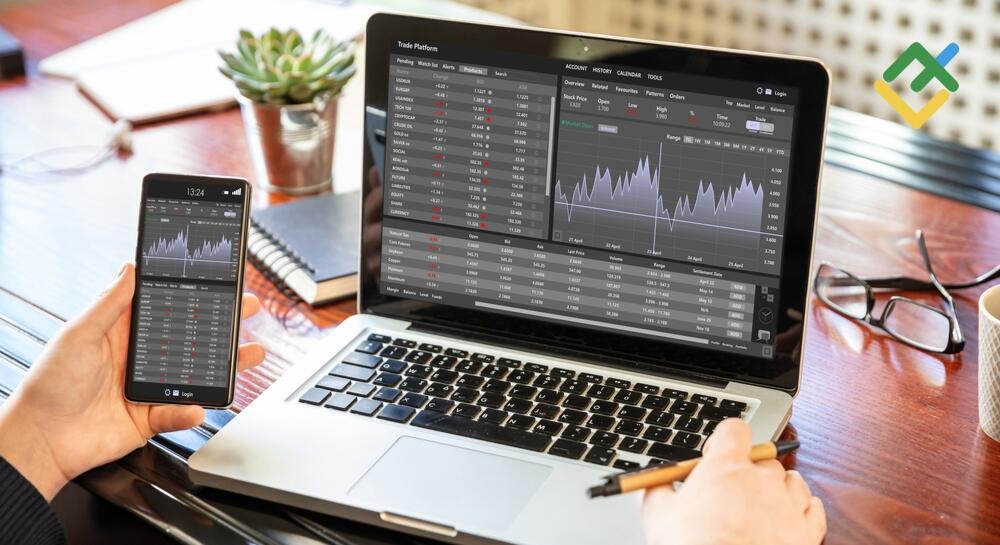Every trader, whether experienced or new to the forex market, encounters the bid-ask spread with every trade. Trading fundamentals use the spread to determine expenses while affecting trading profits. A trader can offer to sell currency at the bid rate, which differs from the rate at which they must buy it through the ask rate. The way spreads function in the market determines both trading efficiencies and long-term expense control; therefore, traders need full knowledge of these mechanisms.
The market conditions influence the width of spreads. The market condition of high liquidity allows many active buyers and sellers to create narrow spread values. Traders can make transactions at reduced costs with the help of this system. The liquidity level of the market determines spread width, with major news events and low trading activity periods causing spreads to widen. A deep liquidity Forex broker in Mexico enables traders to obtain improved market prices and minimize extra expenses when executing their trades.
Each currency pairing presents different levels of spread costs between the various buy and sell points. Minor currency pairs experience wider spreads due to their lower trading volume and high volatility, although major pairs maintain small spreads because of their trading volume activity. Predictable spreads influence the selection process for traders targeting cost-efficiency since they need awareness of these differences between currency pairs. Scalping traders who engage in high-frequency trading are especially affected by spreads since minute price changes alter their profitability.
The spread between buyers and sellers in the market changes notably with shifts in market sentiment along with major worldwide events thus traders need continuous economic and geopolitical updates. Unforeseen news situations that include natural disasters alongside elections and central bank announcements trigger market volatility which causes spreads to expand. Active monitoring of these events by traders enables them to modify their trading strategies thus reducing potential expenses. The market analysis plus real-time news feeds from a Mexican Forex broker help traders monitor the market while making vital choices which improve their ability to handle volatile market conditions.
The spread size affects trading activity because traders select their brokers according to different styles. The spread provided by market makers stays constant, but ECN and STP brokers use market demand to create fluctuating spreads. A trader’s strategy, together with risk tolerance, determines which trading model offers the best availability. Traders who work with a Forex Broker in Mexico that provides clear pricing terms and competitive spreads can precisely evaluate their costs while making their trading strategies.
Market-moving economic events generate widespread changes in bid-ask spreads after unexpected statistical releases cause abrupt market price fluctuations. Traders who execute trades at the announcement time will probably encounter increased spreads. Access to economic calendars allows traders to plan their trades through event-driven market movements, thus reducing unwanted costs.
The process of trading cost management requires more than just selecting a broker with low spreads. The execution speed and slippage, as well as trading conditions, must be taken into account by traders in their selection process. Traders who monitor various factors will reduce their costs while maximizing their profits over time.



